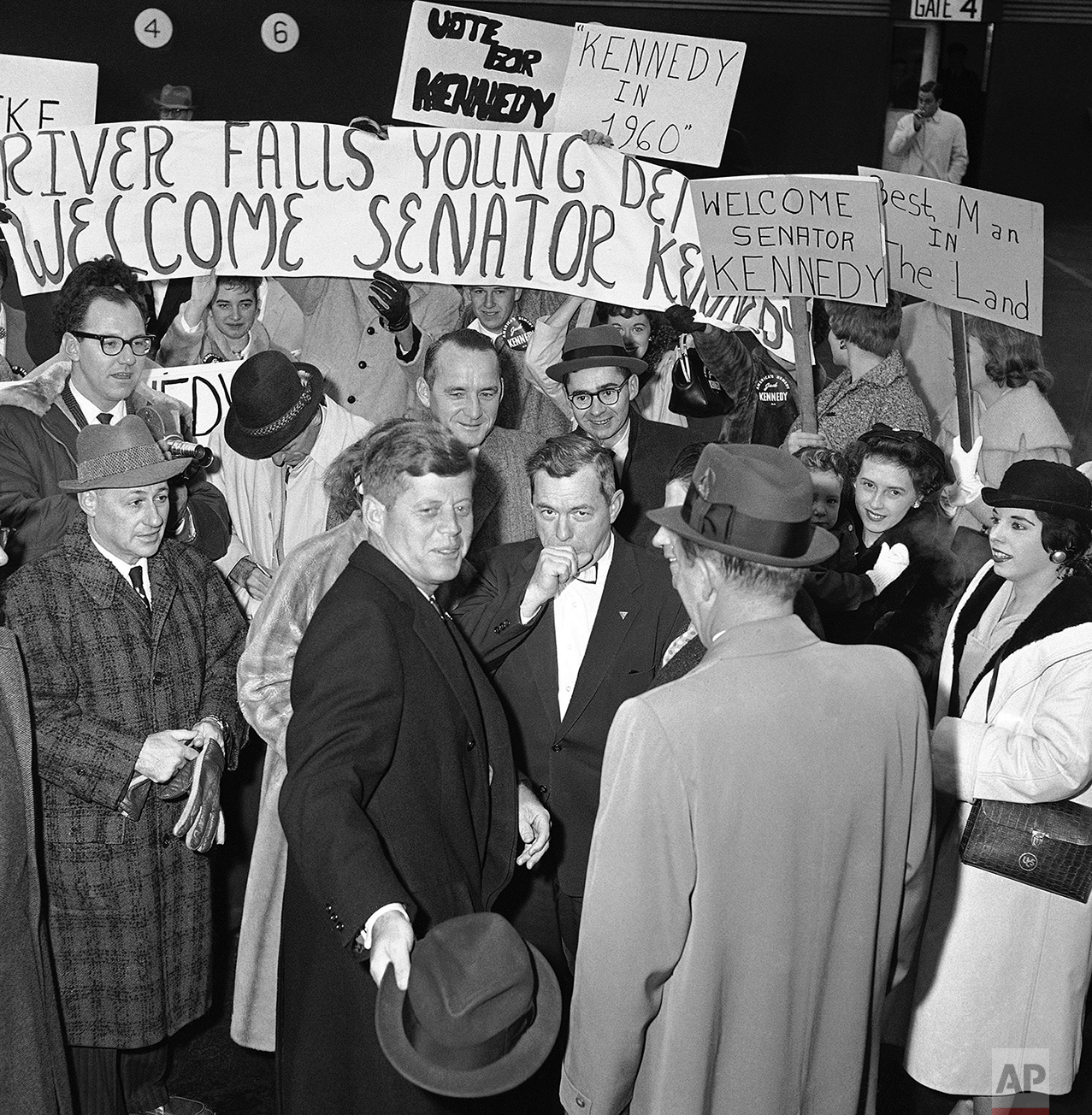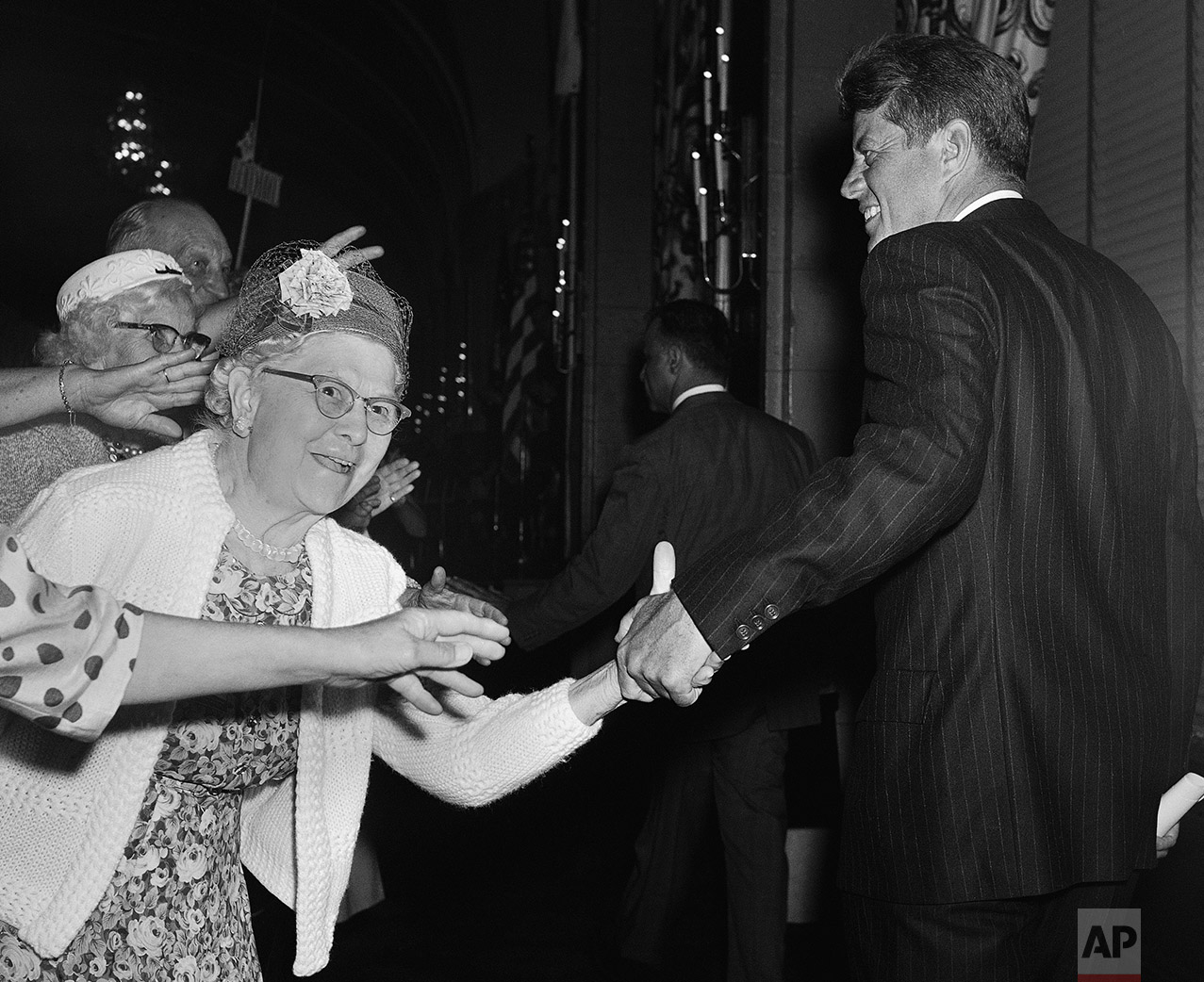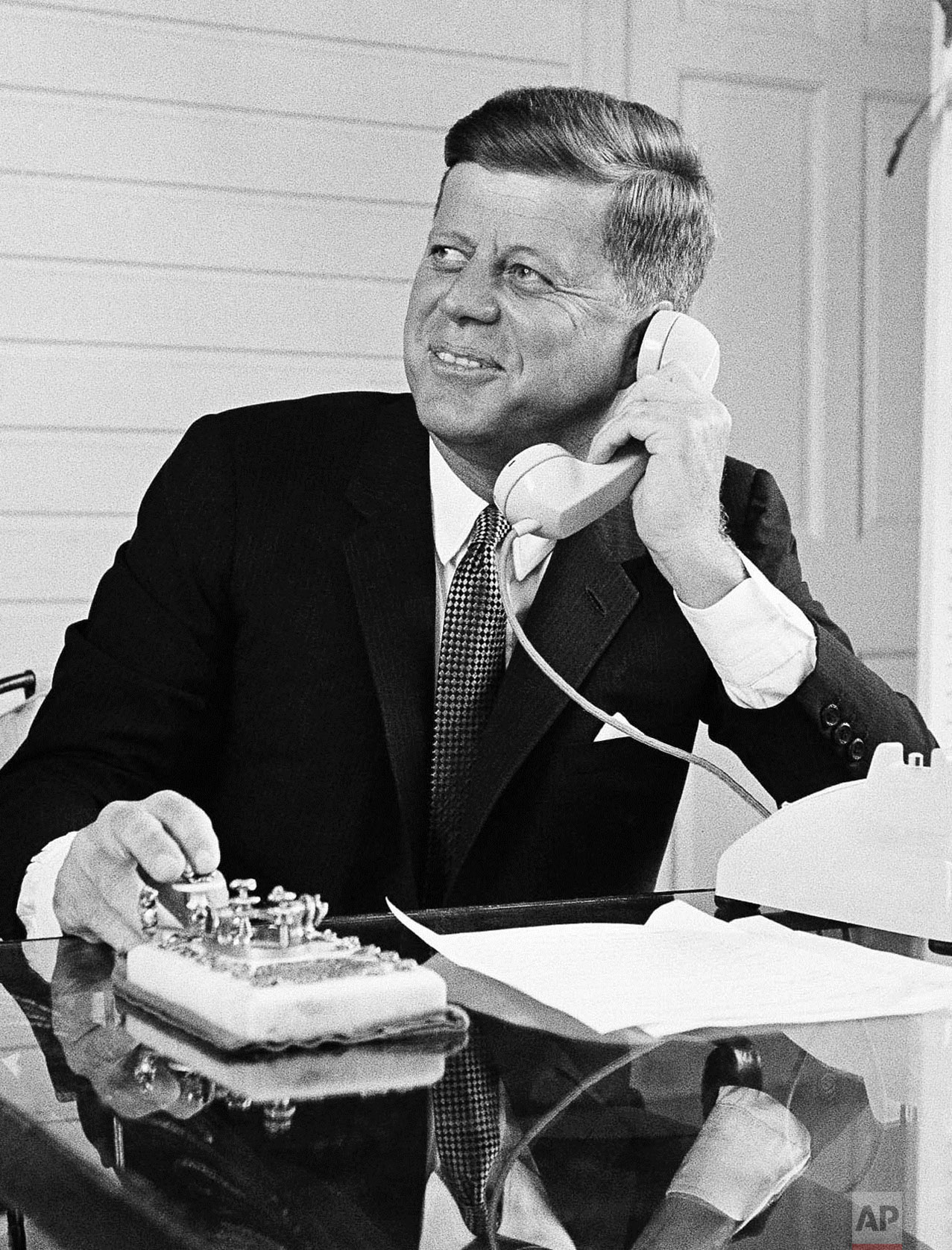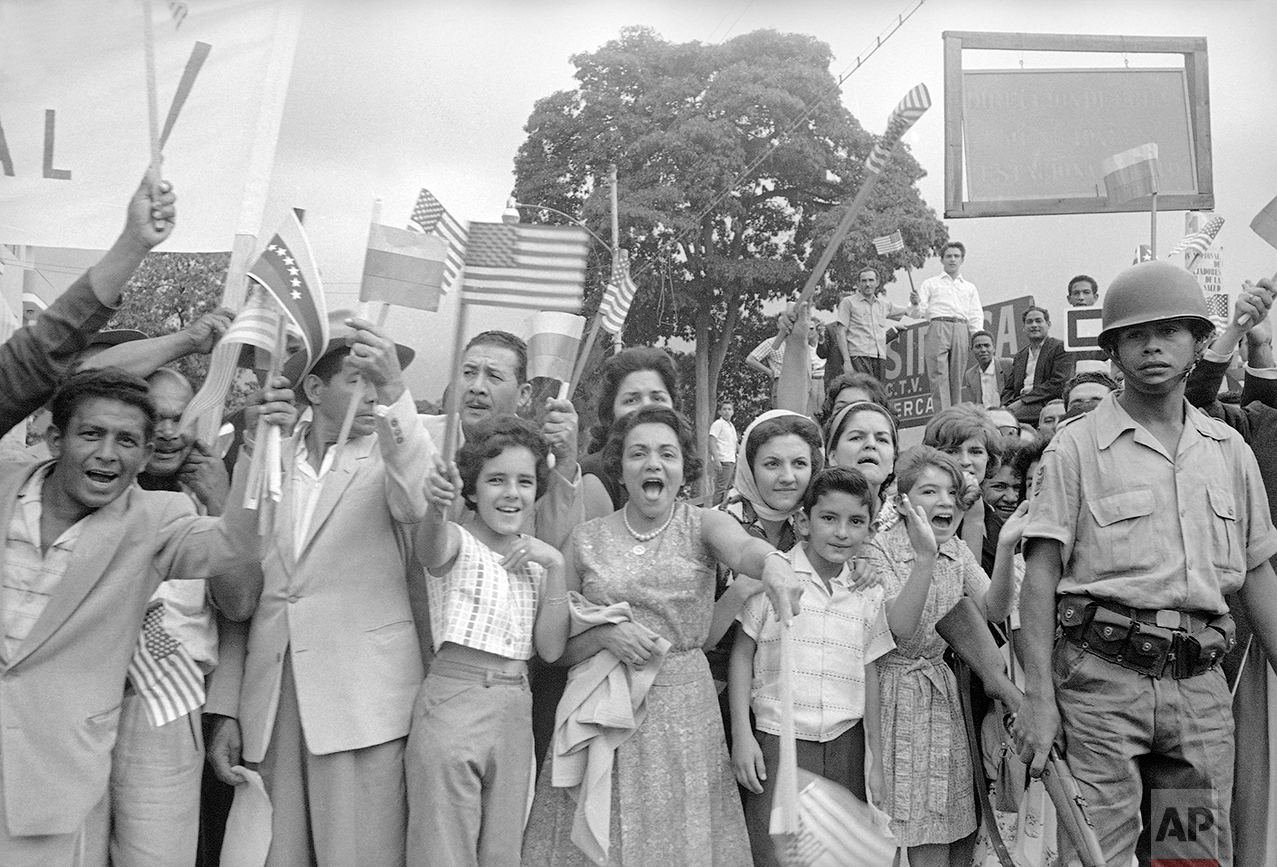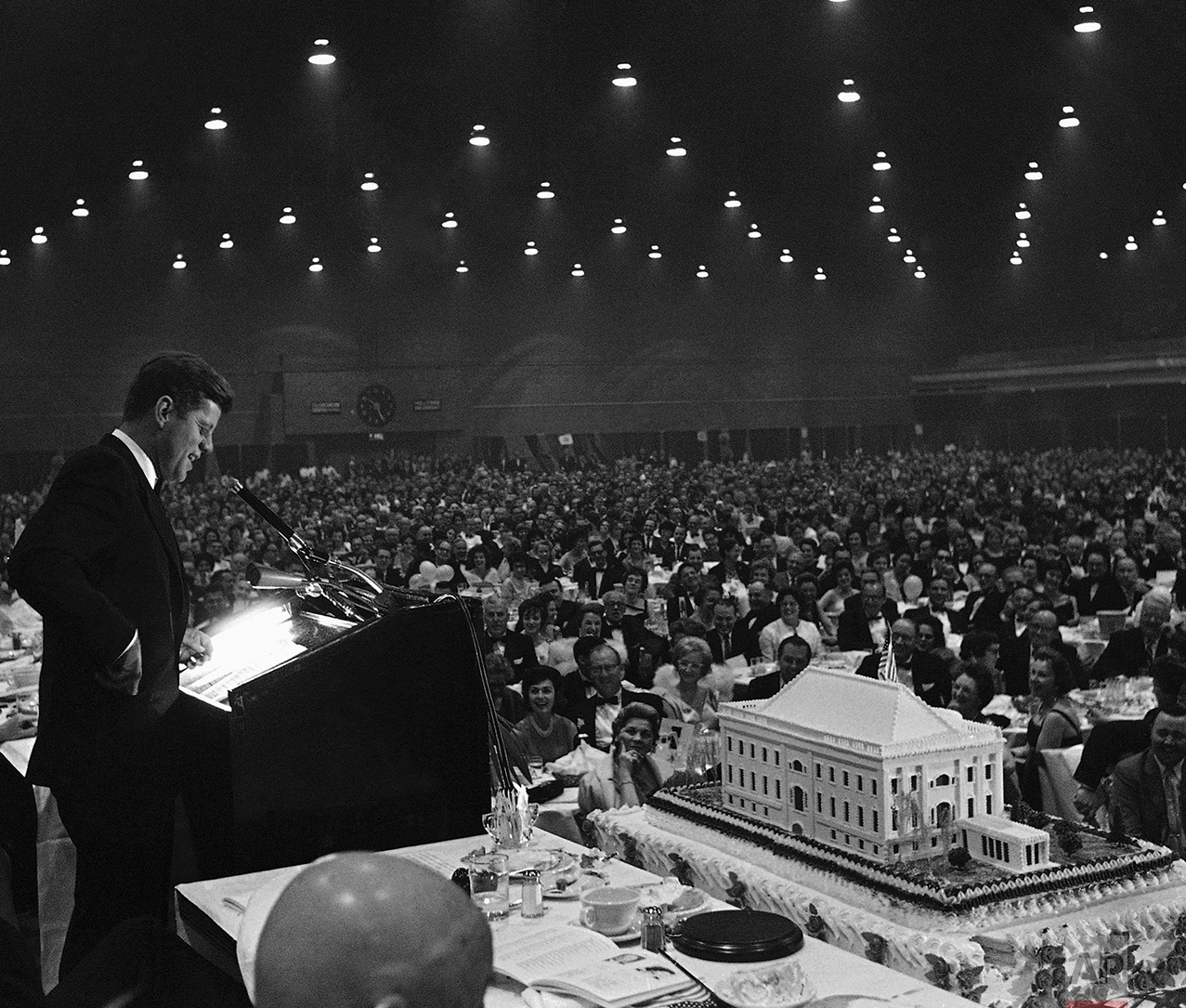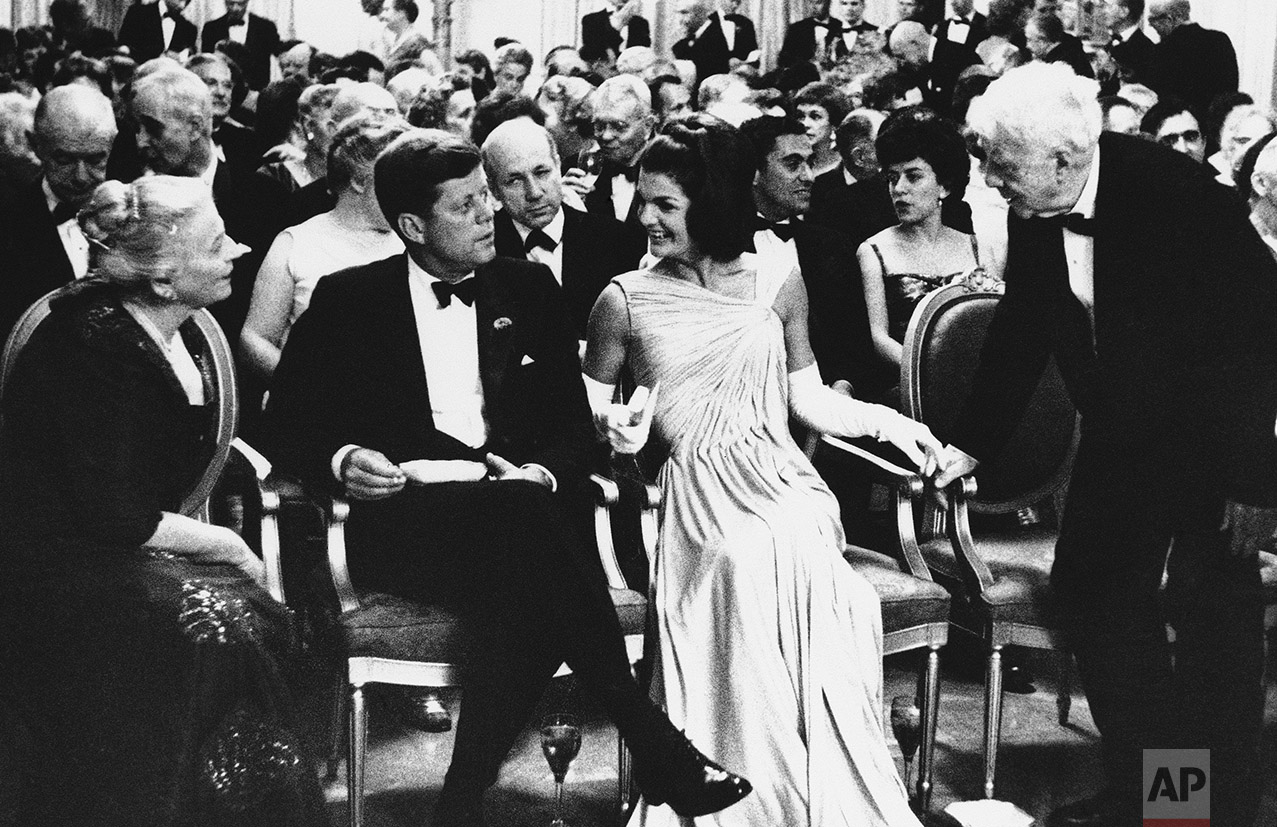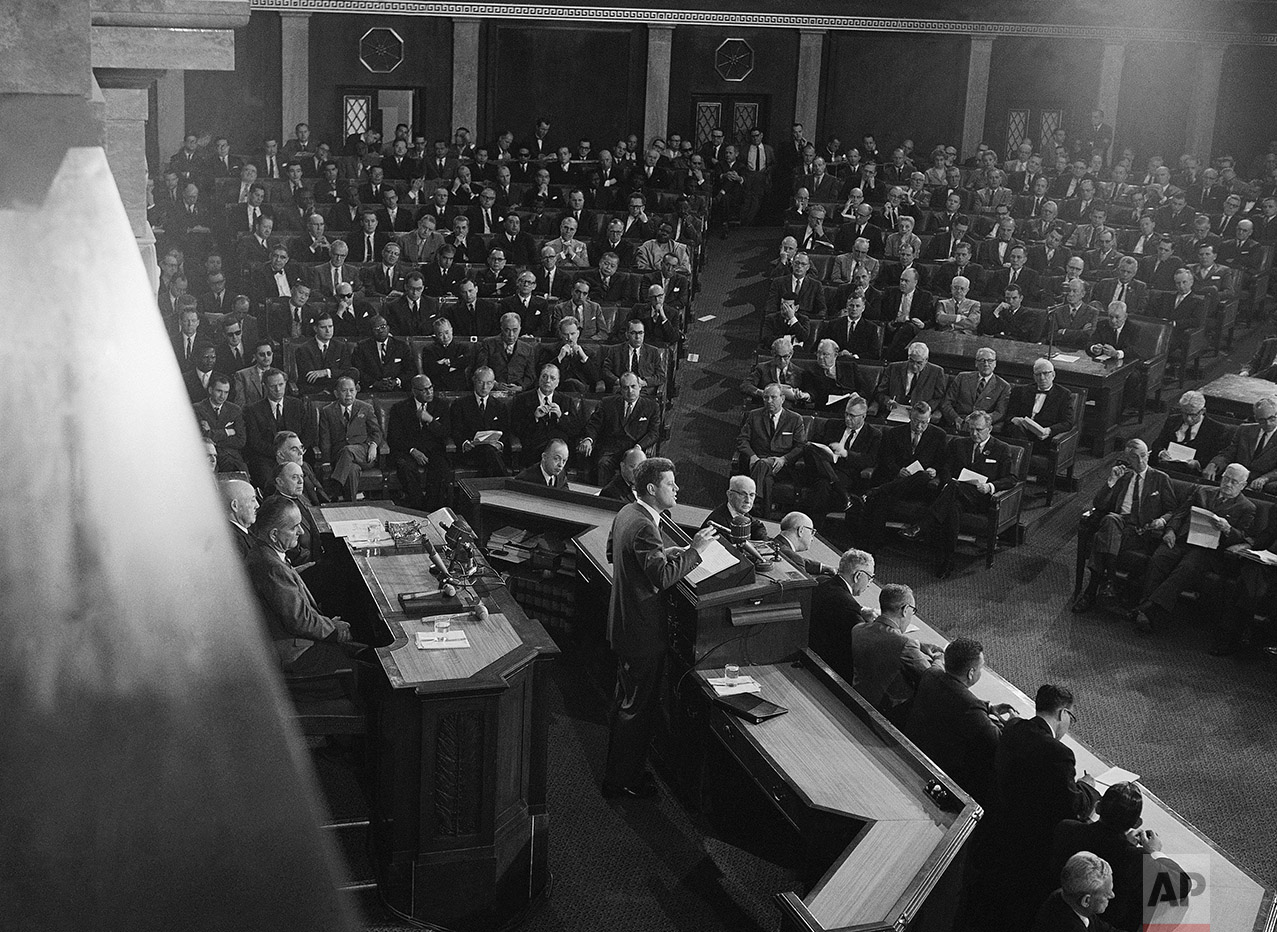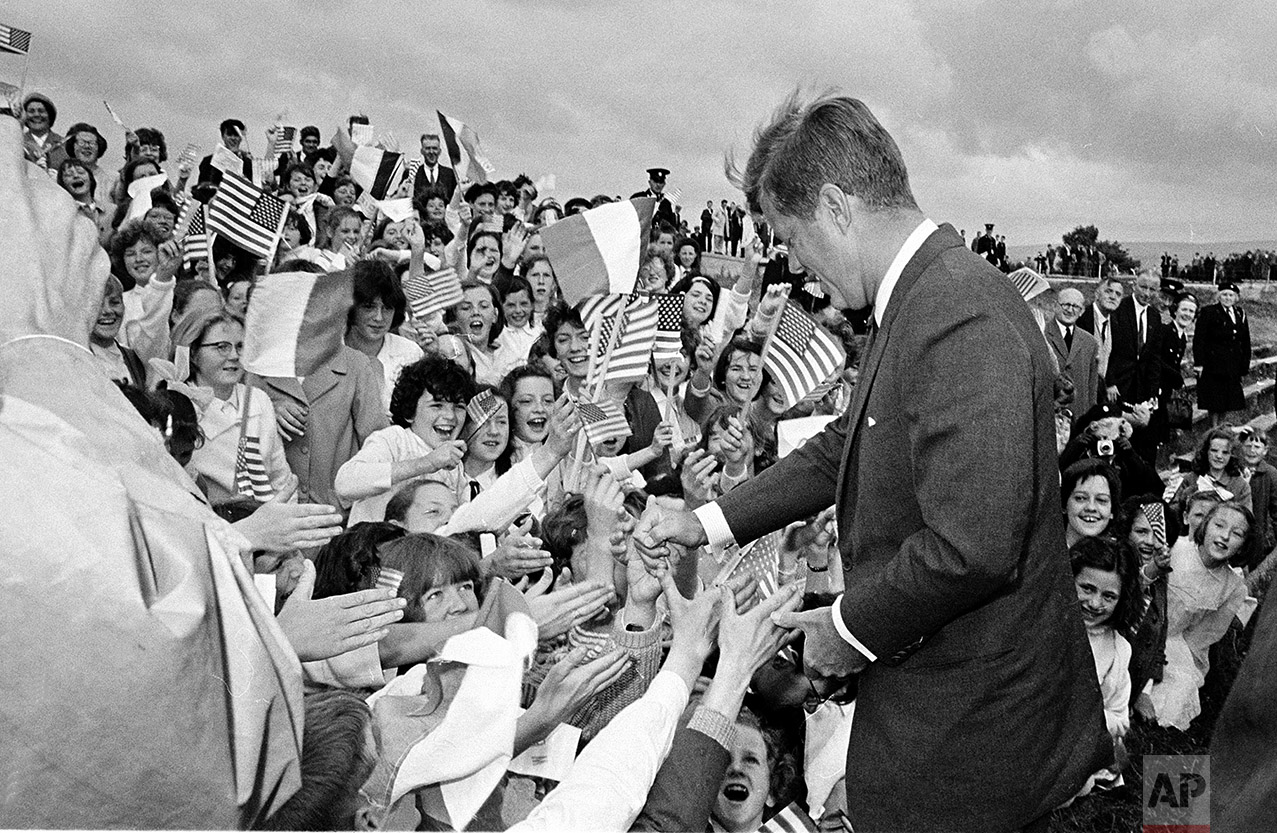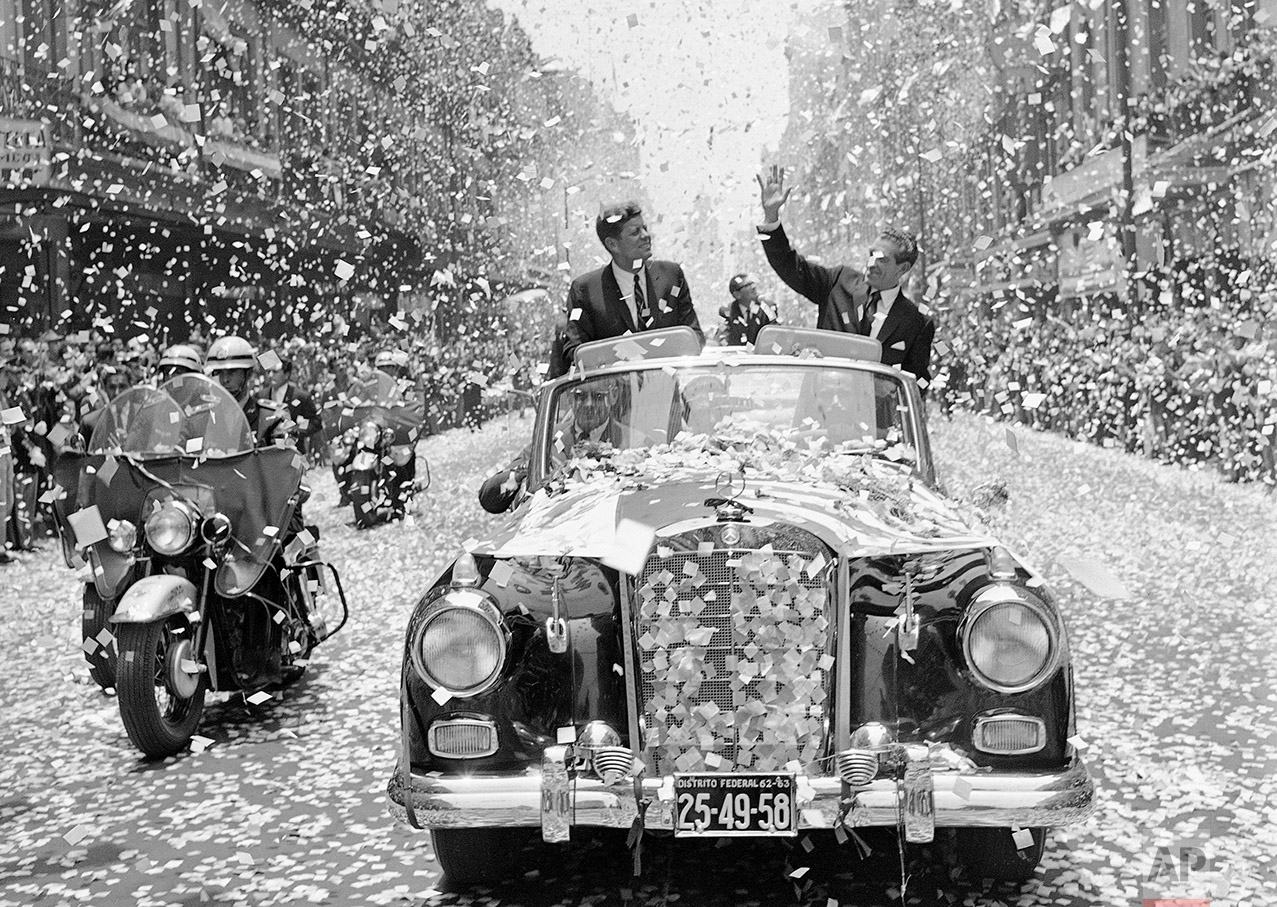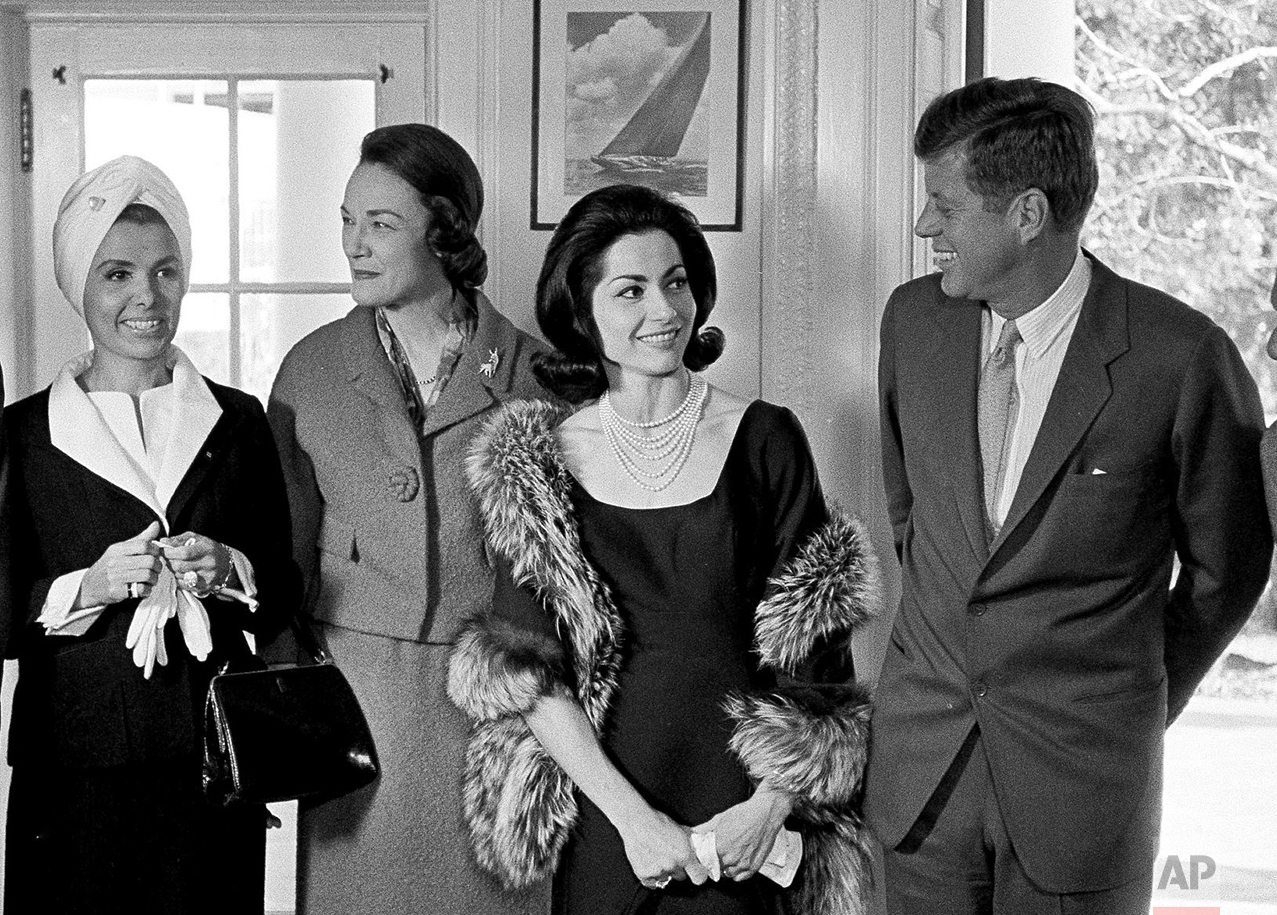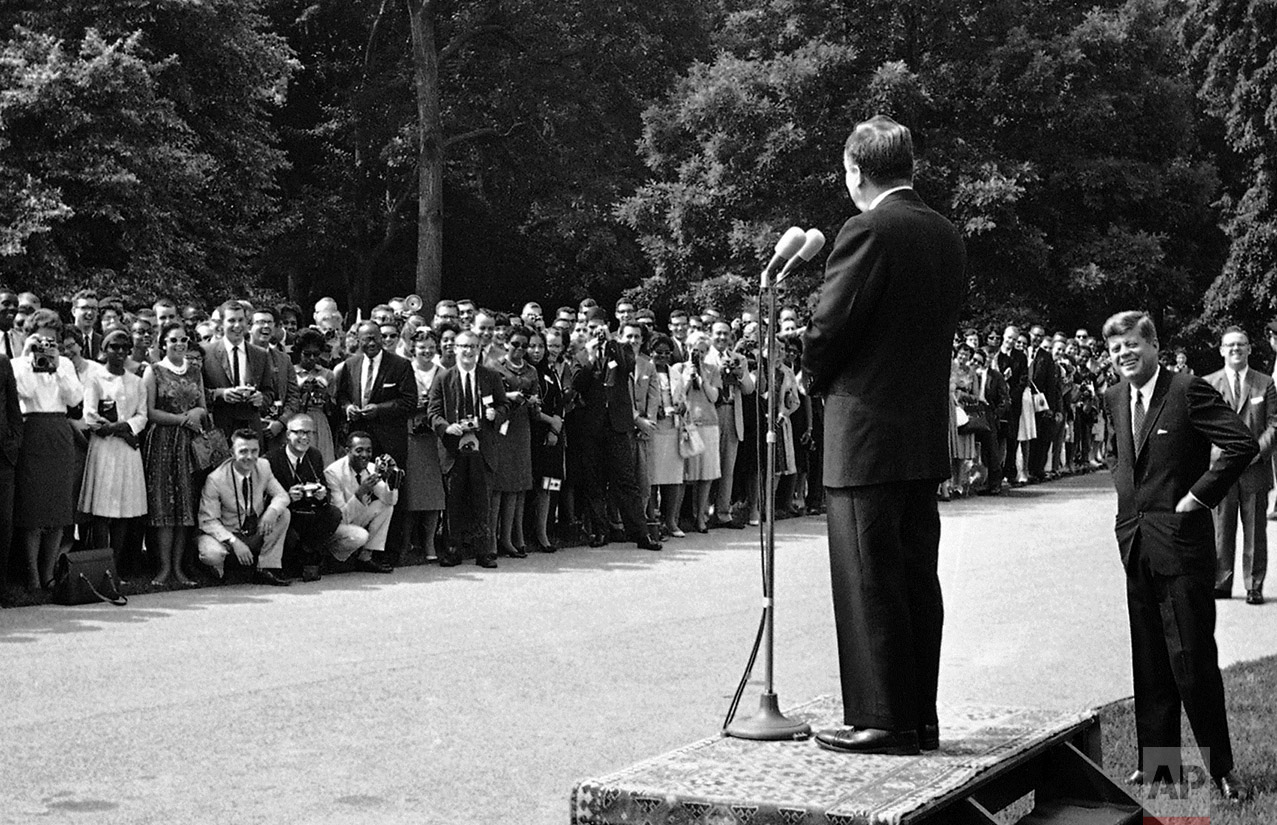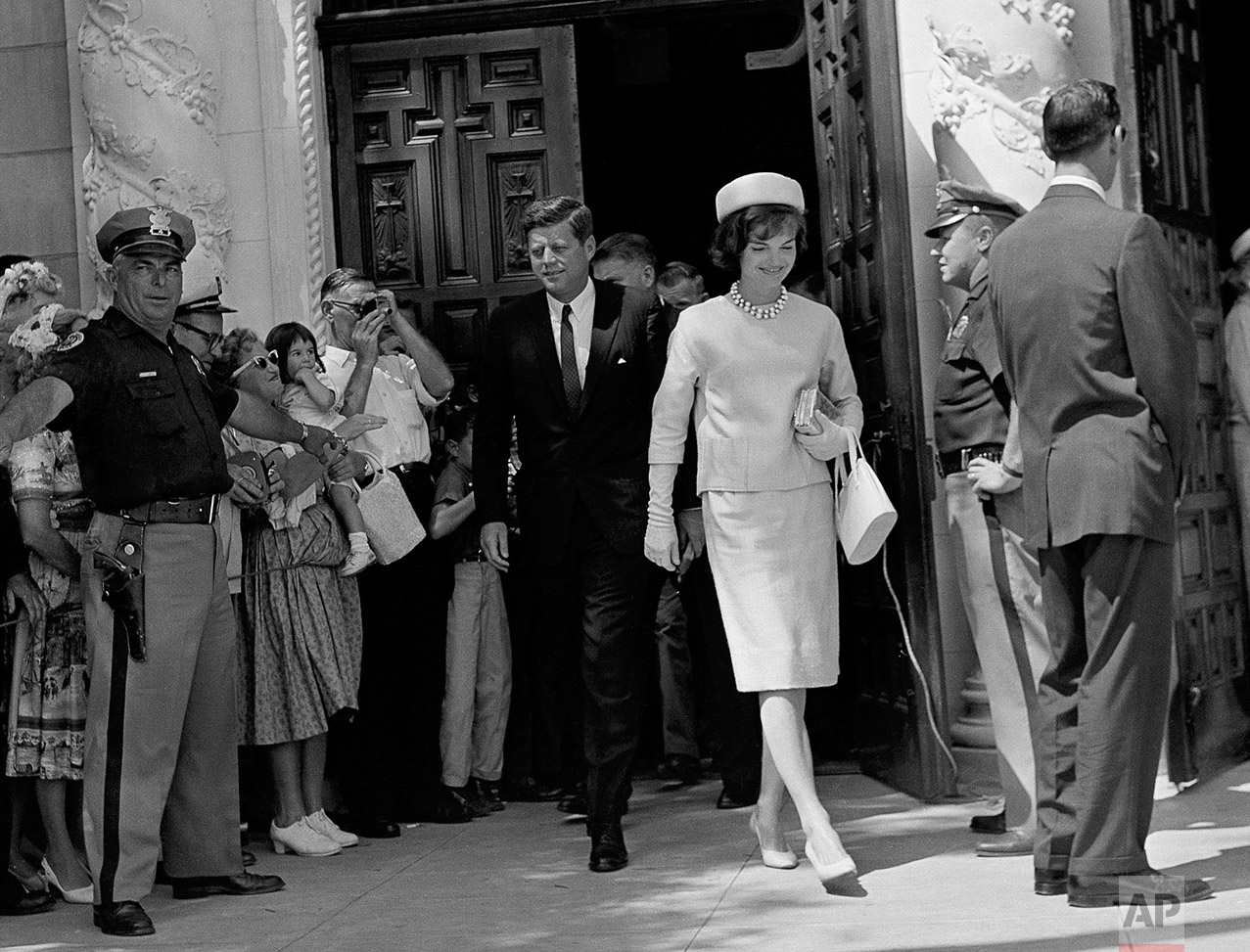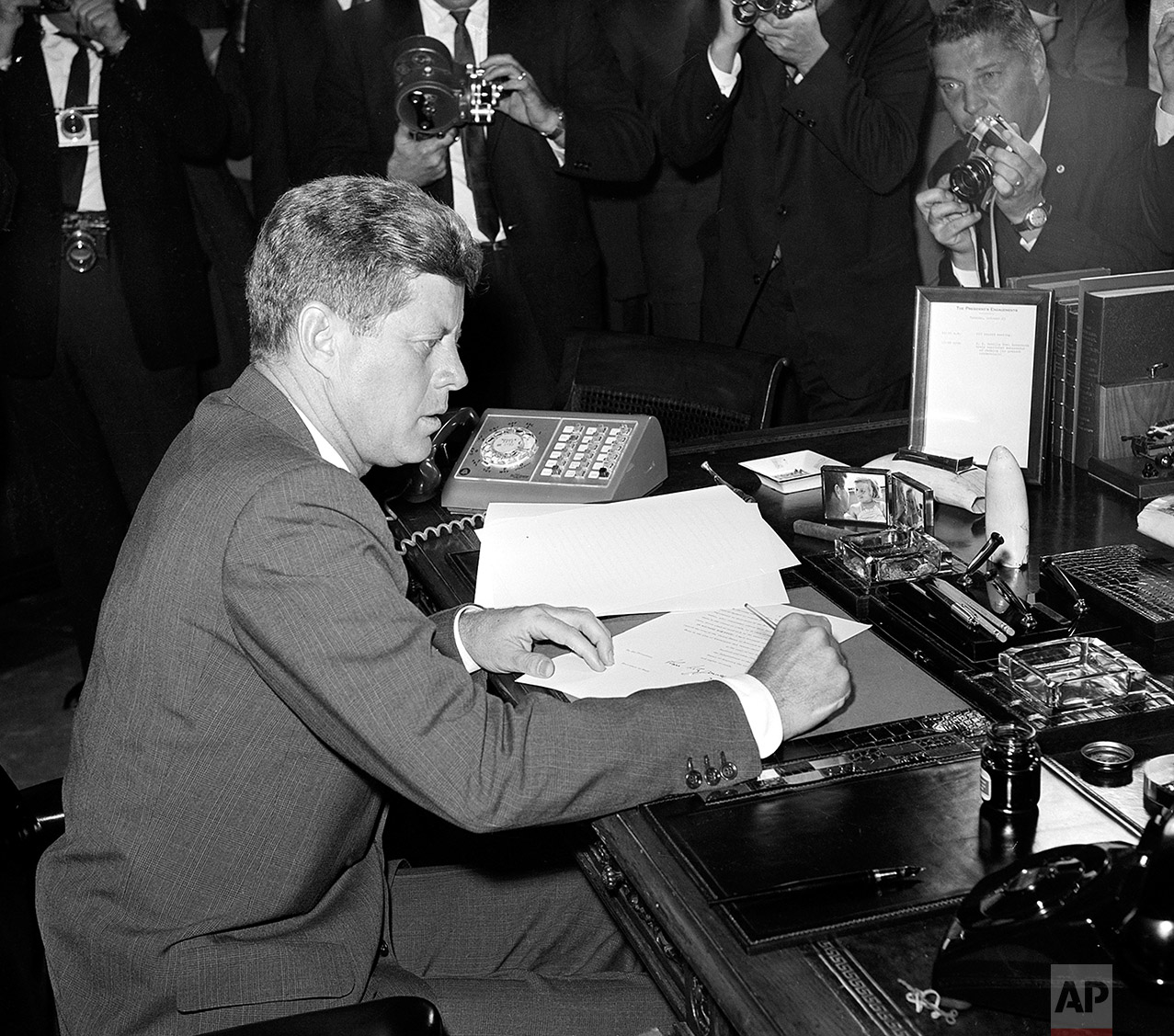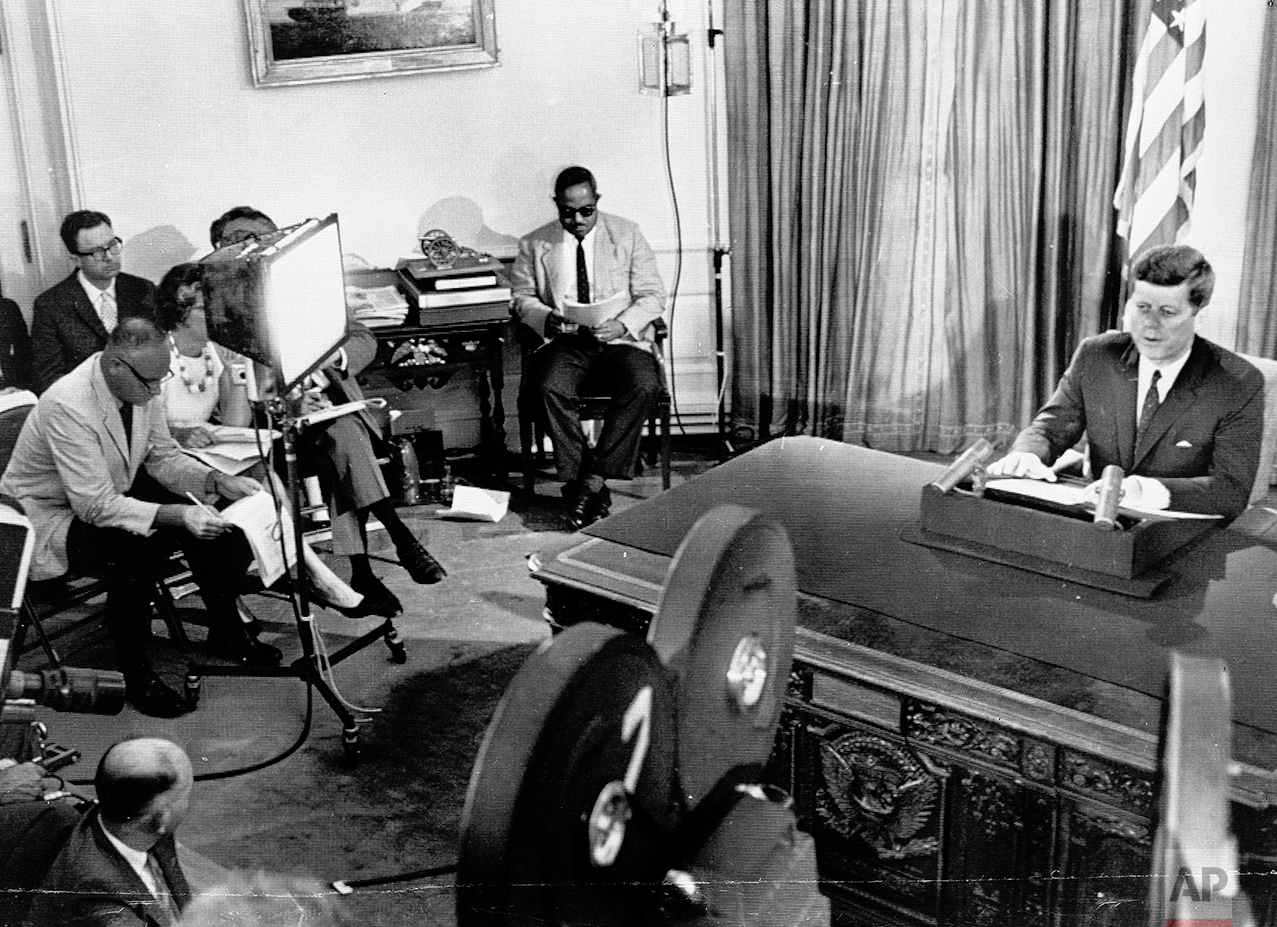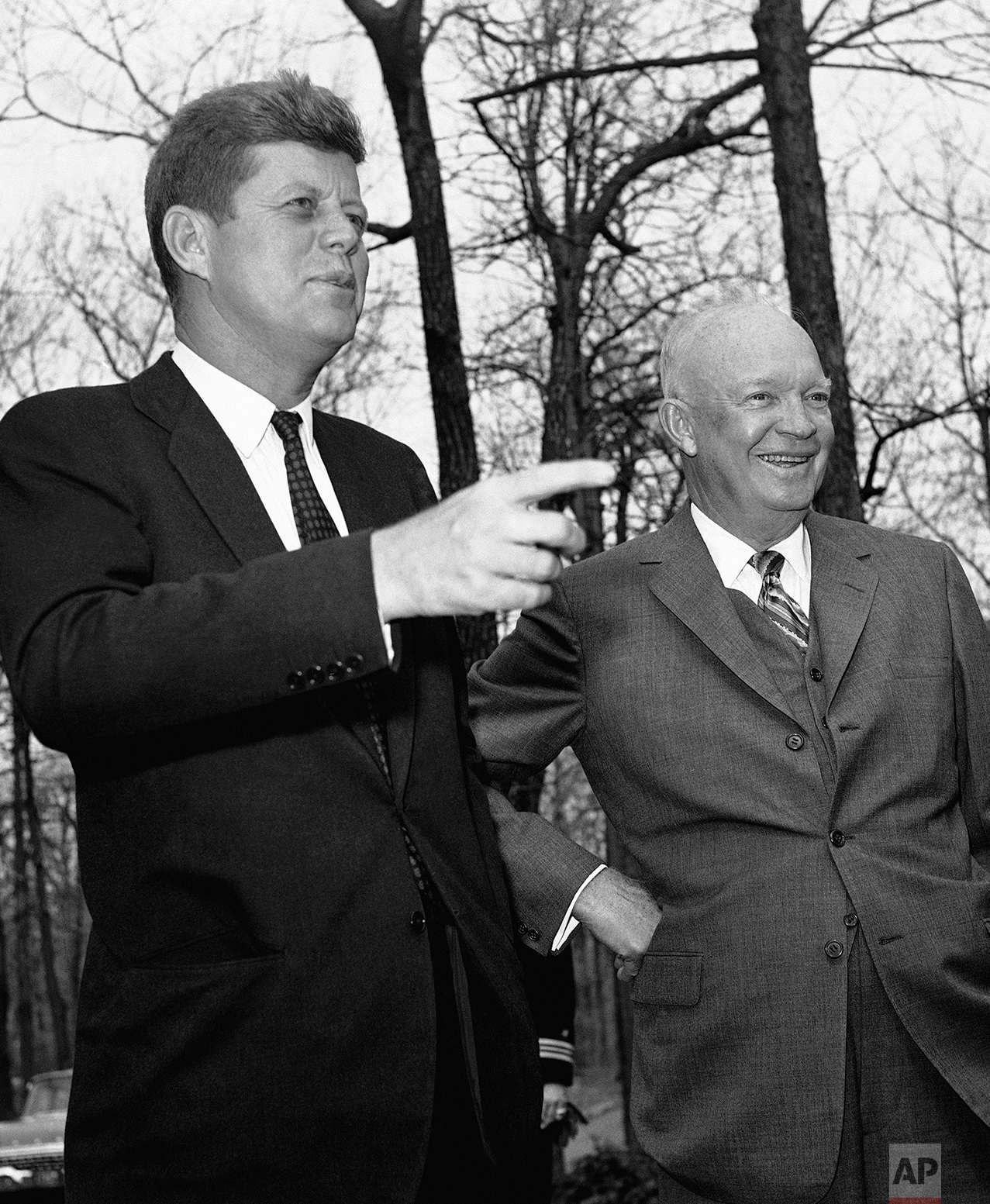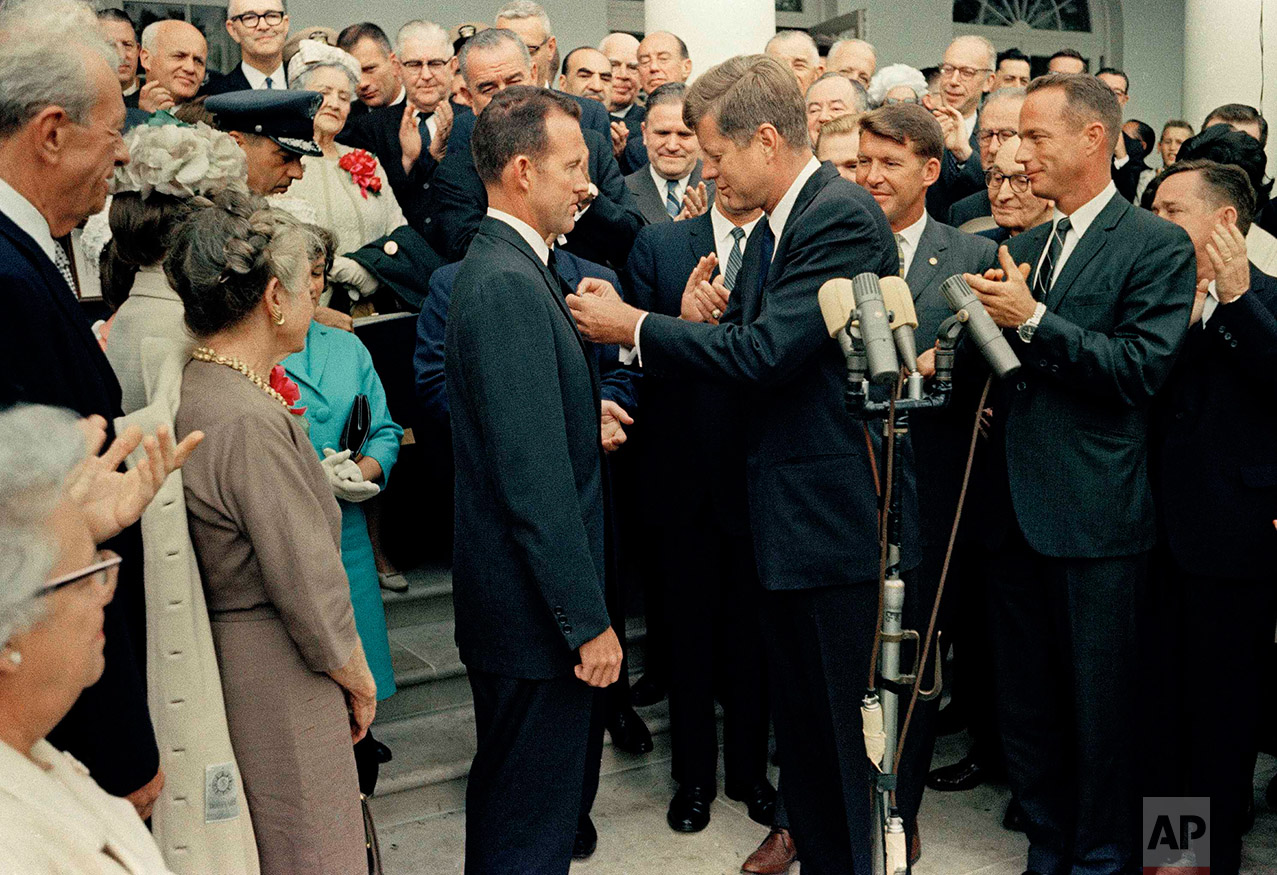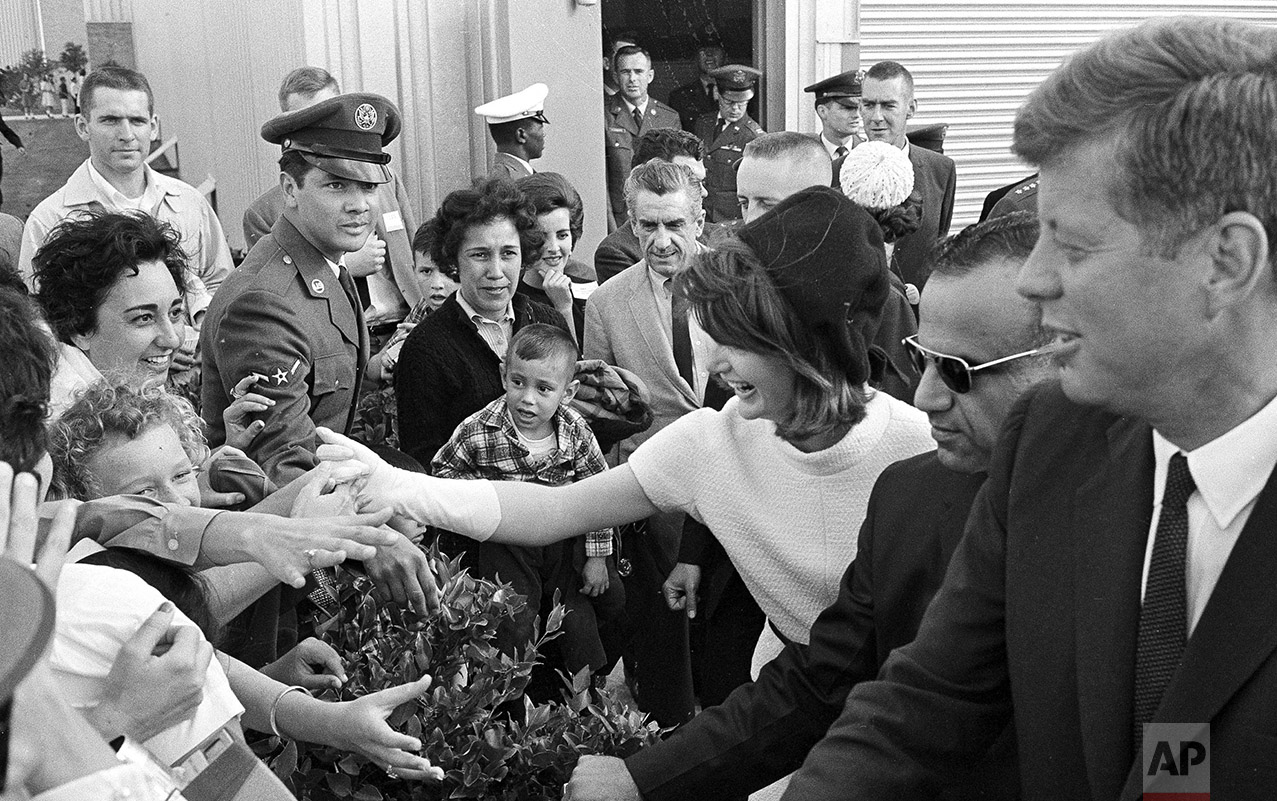JFK was fun to cover

While working for the AP out of Minneapolis, I enjoyed covering candidate Jack Kennedy during the late 1950s and then John F. Kennedy, the president of the United States, in the early 1960s whenever he would travel throughout the Midwest.
The presidential campaign was the most interesting because it tested the young Kennedy, who was wealthy and handsome. He was also a Roman Catholic and from what was considered in those days the cultural East. He was campaigning against Sen. Hubert H. Humphrey, a typical Midwest protestant, from the somewhat rural area of the country. In addition to being the youngest candidate to seek the office, the burning question was whether or not a Catholic could win the presidency at that time?
I first photographed Kennedy in 1960 while he was in Milwaukee. The Kennedy campaign was fast and vibrant. The press corps flew through the Milwaukee streets at speeds exceeding 60 MPH, and with only little three-wheel police motorcycles as escorts. We felt empowered, like the usual rules didn’t apply, as we raced through the city streets and ignored red traffic lights. During a visit to a television station, I spent some time talking with Kennedy’s wife, Jackie, in the semi-dark shadows of a hallway. An odd take-away from that encounter that I still recall was how much she perspired under her arms, leaving her sleeveless dress quite damp.
On another trip I went for a couple of stops to River Falls, the western part of Wisconsin. Two of the photos I took that day, one showing a little boy with his legs crossed, and the other with Kennedy on stage speaking, demonstrated how photogenic he was and how the copy seemed to write itself. I also took pictures of him while covering the National Governor’s Conference at Glacier National Park in Montana, but was then pulled off that assignment to fly to Helena for JFK’s visit to the state Democratic Party convention. Incredibly, Kentucky Governor Bert T. Combs offered for me to use his plane so I could get there quickly. I was the only passenger and the crew fixed me a bourbon and water for the trip.
Another time I covered candidate Kennedy while he was in Iowa. His plane stopped a little further out on the tarmac and the big crowd waiting for his arrival rushed to the plane for a view of their idol. I ran with them and as the crowd began filling in tighter and tighter, I had to hold my camera equipment over my head. The crowd, probably 90% women, pushed inward. I felt crushed and could barely breathe. I envied Kennedy, who stood freely on the top of the debarking ramp, where he gave a short speech.
The last time I was with Kennedy, was in Duluth, Minnesota, the week before he was assassinated. The hotel lobby was full. There was an open area above the lobby and people lined the grillwork barrier to view the president arriving. I was in the middle, ground level, to take a picture of the crowd in the foreground. The president was passing in the middle with the crowd above. I took the picture and then tried to work my way through the crowd to follow Kennedy into the speaking area. There was only one small door, which was guarded by two local policemen. All of a sudden, a hand reached in, grabbed my coat and pulled me out. It was a Secret Service agent. “Come on, Gene,” he said “if you don’t get through that door now, you will never make it!”
The following week President Kennedy was assassinated in Dallas. The AP had me on standby to fly to there, but in the end there were enough photographers nearby who could get to the scene sooner.
And that was just fine with me. ■
The proceeding text was a recollection by photographer Gene Herrick, a former AP staffer who covered JFK during his presidential campaign. Herrick and others are featured in AP's new book "JFK: A Daily Chronicle of the White House Years," by Les Krantz, a comprehensive look at all 1,036 days of JFK's presidency in recognition of the centennial of his birth. Below is a selection of photos highlighting President John F. Kennedy.
Follow AP photographers on Twitter
Written content on this site is not created by the editorial department of AP, unless otherwise noted.

